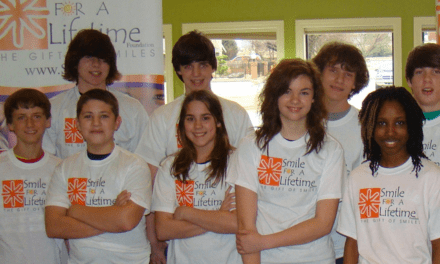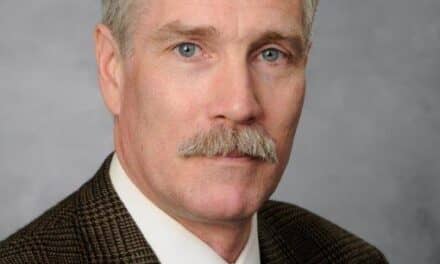The American Academy of Sleep Medicine (AASM) and American Academy of Dental Sleep Medicine (AADSM) have issued their first official joint guideline, recommending oral appliance therapy for the treatment of adult patients with obstructive sleep apnea (OSA) who are intolerant of continuous positive airway pressure (CPAP) therapy or prefer alternate therapy. The new guideline supports increased teamwork between physicians and dentists to achieve optimal treatment of patients with OSA.
Published online in the Journal of Clinical Sleep Medicine, the clinical practice guideline updates the practice parameters that were published by the AASM in 2006. The updated recommendations are based on a systematic review of the relevant scientific literature, which has grown considerably in the past decade. A total of 51 articles met inclusion criteria and were used for data extraction, meta-analysis, and grading.
“This evidence-based guideline reinforces the fact that effective treatment options are available for obstructive sleep apnea, a chronic disease that afflicts at least 25 million adults in the [United States],” said AASM President Dr Nathaniel Watson. “Although CPAP therapy is still the first-line option for treating OSA, oral appliance therapy is an effective alternative that is preferred by some patients. Sleep medicine physicians and dentists can promote high quality, patient-centered care by working together to identify the optimal treatment for each patient who has sleep apnea.”
According to the clinical practice guideline, data show that oral appliance therapy can significantly reduce sleep-disordered breathing, and patient adherence to the treatment may be higher than for CPAP therapy. However, meta-analyses show that CPAP therapy is superior to oral appliance therapy in reducing sleep-disordered breathing, eliminating arousals from sleep, and improving oxygen saturation.
The guideline notes that the treating board-certified sleep medicine physician should take the patient’s preference into consideration when prescribing treatment for sleep apnea. After a sleep physician prescribes oral appliance therapy, treatment should be provided by a qualified dentist using a custom, titratable device. An oral appliance helps maintain an open and unobstructed airway during sleep by protruding and stabilizing the mandible.
“Communication and teamwork between sleep physicians and dentists are imperative to providing exceptional patient care,” said AADSM President Kathleen Bennett, DDS. “The new guideline supports this collaborative relationship and highlights the important role that dentists can play in the treatment of obstructive sleep apnea.”
The guideline also recommends oral appliance therapy as an effective treatment for primary snoring in adults. However, because snoring is a cardinal symptom of OSA, a diagnosis of primary snoring should be rendered by a sleep physician prior to treatment initiation.
To develop the guideline, the AASM and AADSM commissioned a task force that included three sleep physicians and two dentists with expertise in oral appliance therapy. The task force members performed an extensive review of the scientific literature to draft recommendations and supporting text. A draft of the guideline was made available for a public comment period, and the revised guideline was approved by the board of directors of the AASM and AADSM.
The clinical practice guideline comprises the following recommendations:
- We recommend that sleep physicians prescribe oral appliances, rather than no therapy, for adult patients who request treatment of primary snoring (without obstructive sleep apnea). (STANDARD)
- When oral appliance therapy is prescribed by a sleep physician for an adult patient with obstructive sleep apnea, we suggest that a qualified dentist use a custom, titratable appliance over non-custom oral devices. (GUIDELINE)
- We recommend that sleep physicians consider prescription of oral appliances, rather than no treatment, for adult patients with obstructive sleep apnea who are intolerant of CPAP therapy or prefer alternate therapy. (STANDARD)
- We suggest that qualified dentists provide oversight—rather than no follow-up—of oral appliance therapy in adult patients with obstructive sleep apnea, to survey for dental-related side effects or occlusal changes and reduce their incidence. (GUIDELINE)
- We suggest that sleep physicians conduct follow-up sleep testing to improve or confirm treatment efficacy, rather than conduct follow-up without sleep testing, for patients fitted with oral appliances. (GUIDELINE)
- We suggest that sleep physicians and qualified dentists instruct adult patients treated with oral appliances for obstructive sleep apnea to return for periodic office visits—as opposed to no follow-up—with a qualified dentist and a sleep physician. (GUIDELINE)
The full text of “Clinical Practice Guideline for the Treatment of Obstructive Sleep Apnea and Snoring with Oral Appliance Therapy: An Update for 2015” is published in the July issue of the Journal of Clinical Sleep Medicine and republished in the July issue of the Journal of Dental Sleep Medicine.









